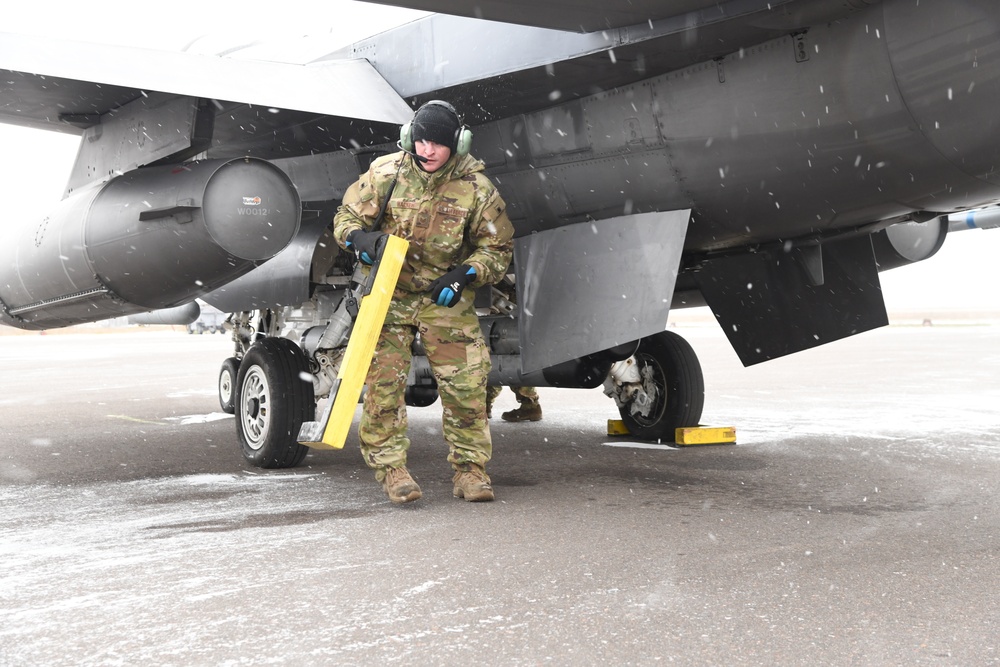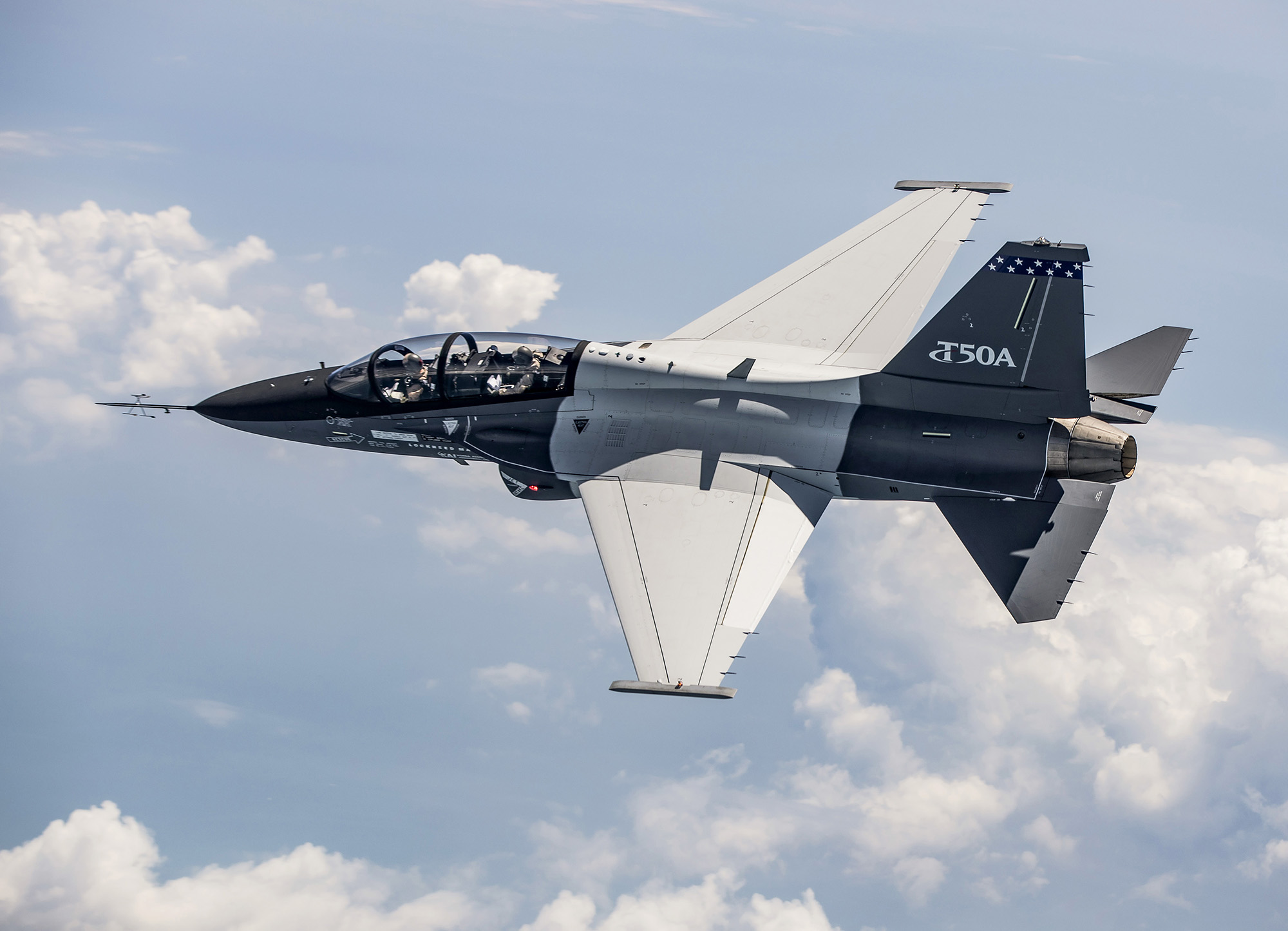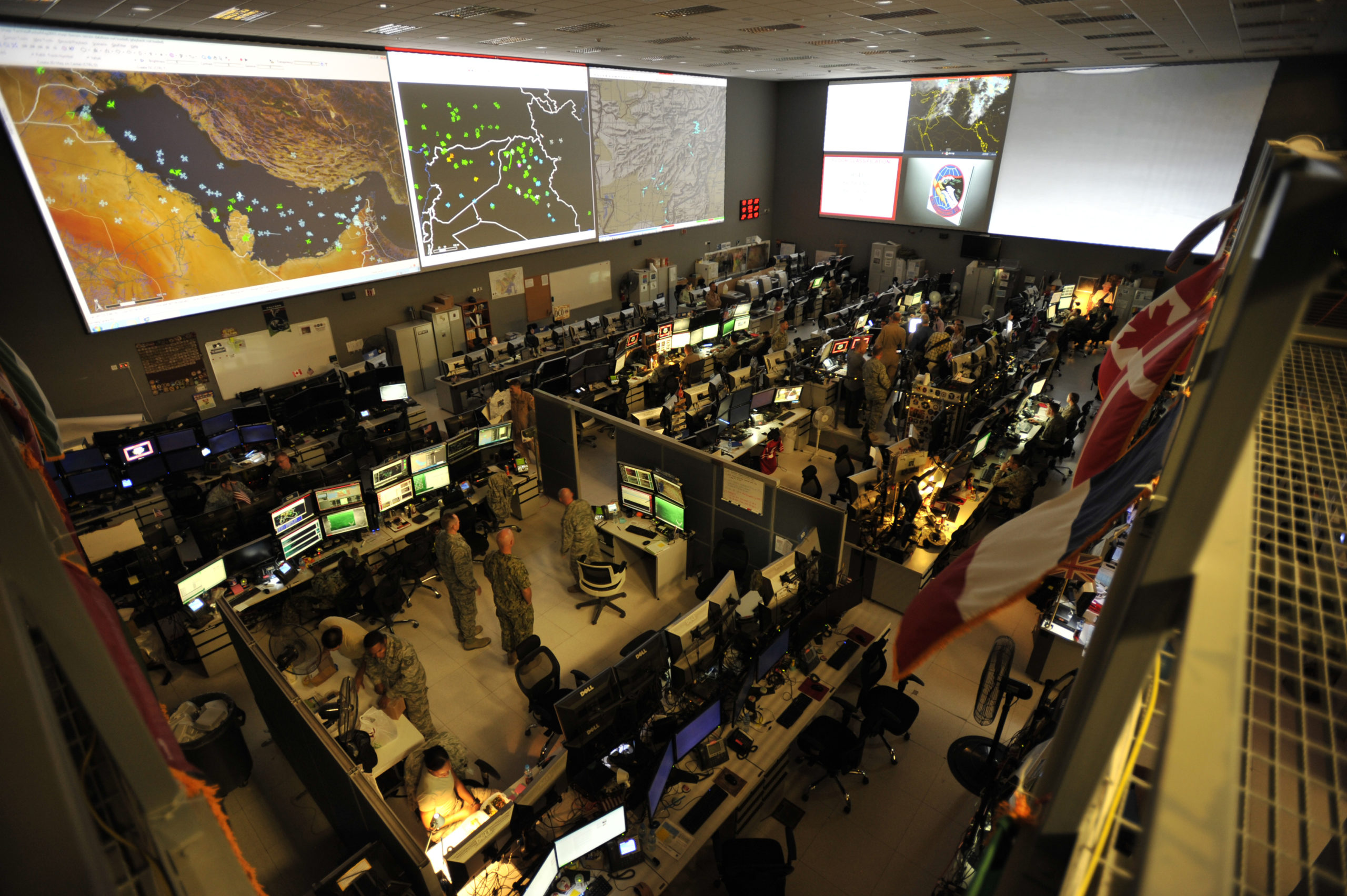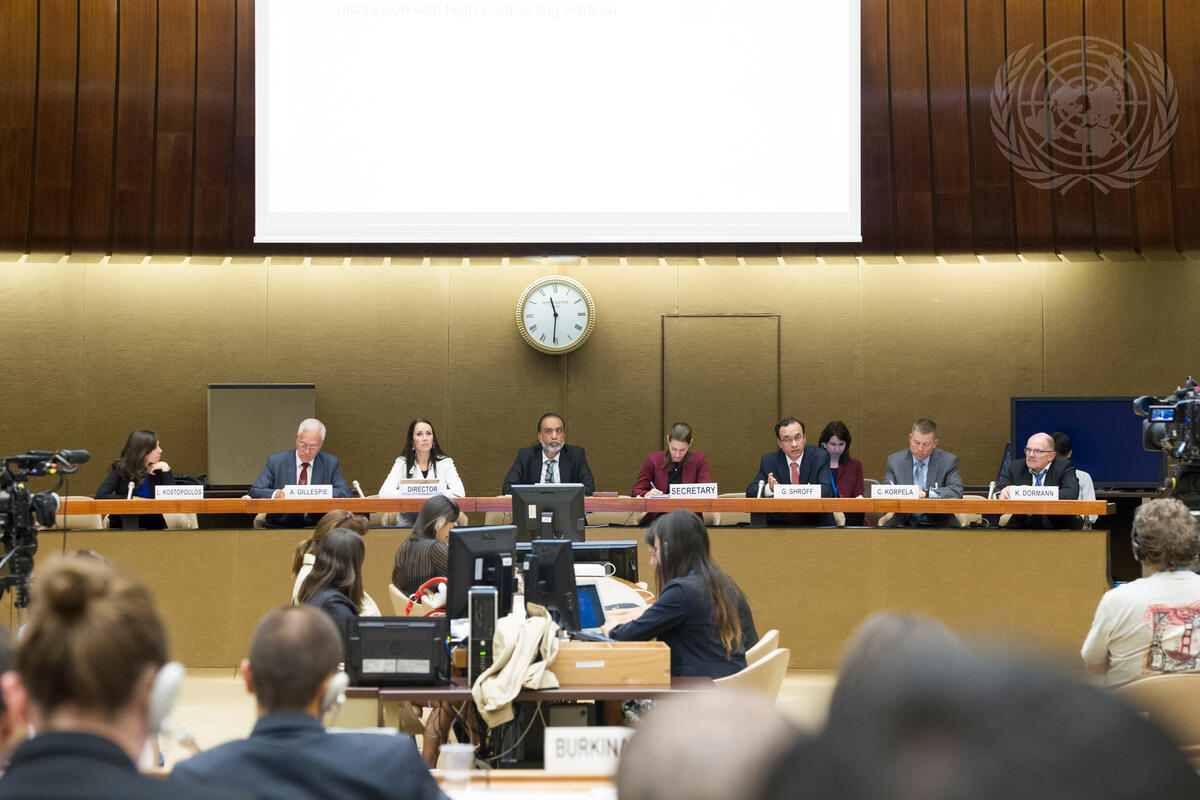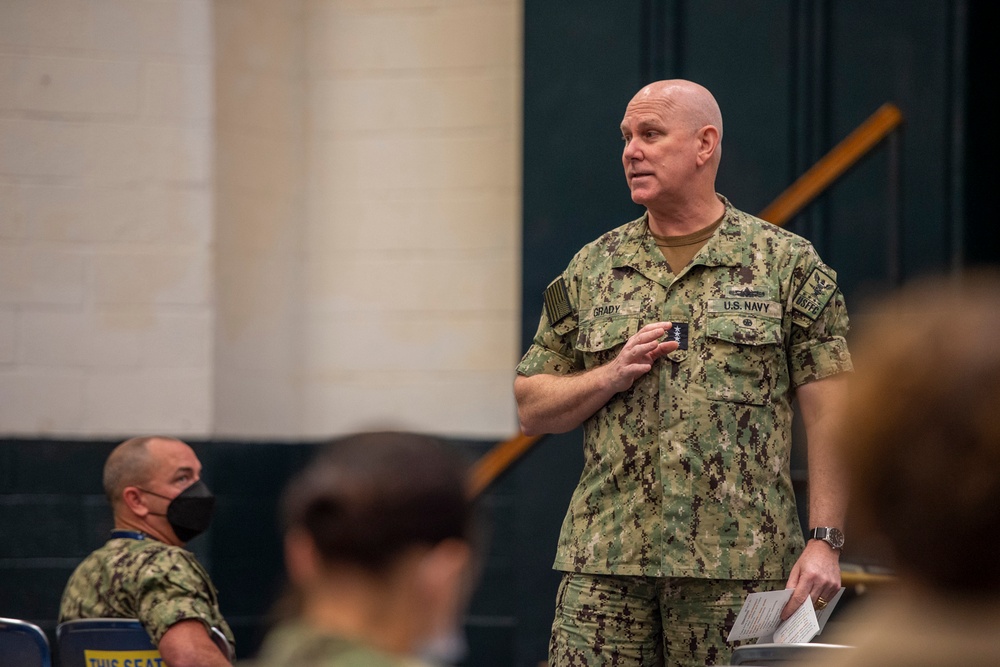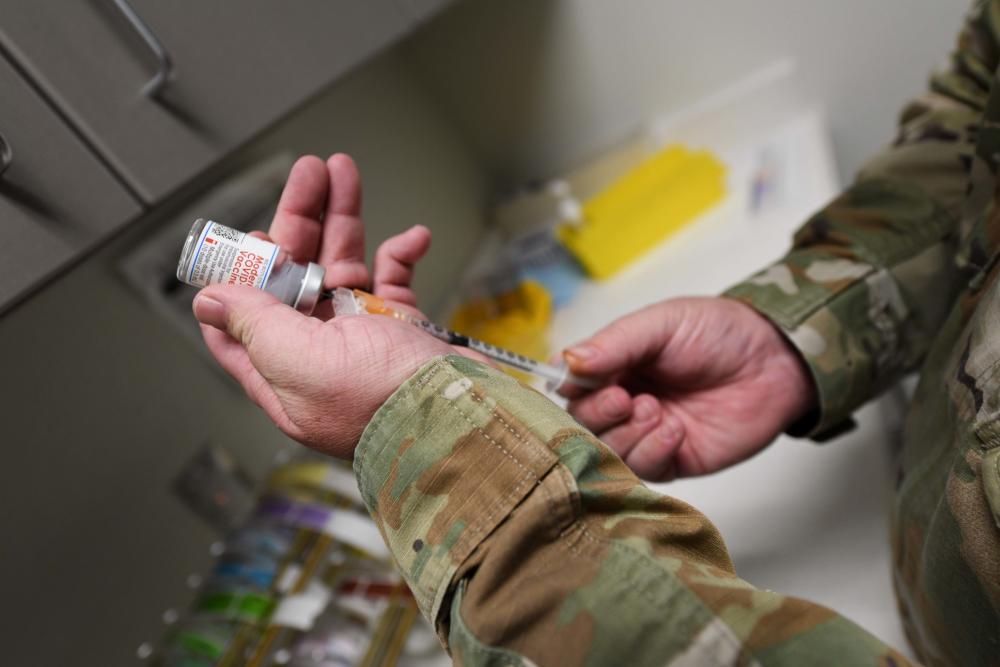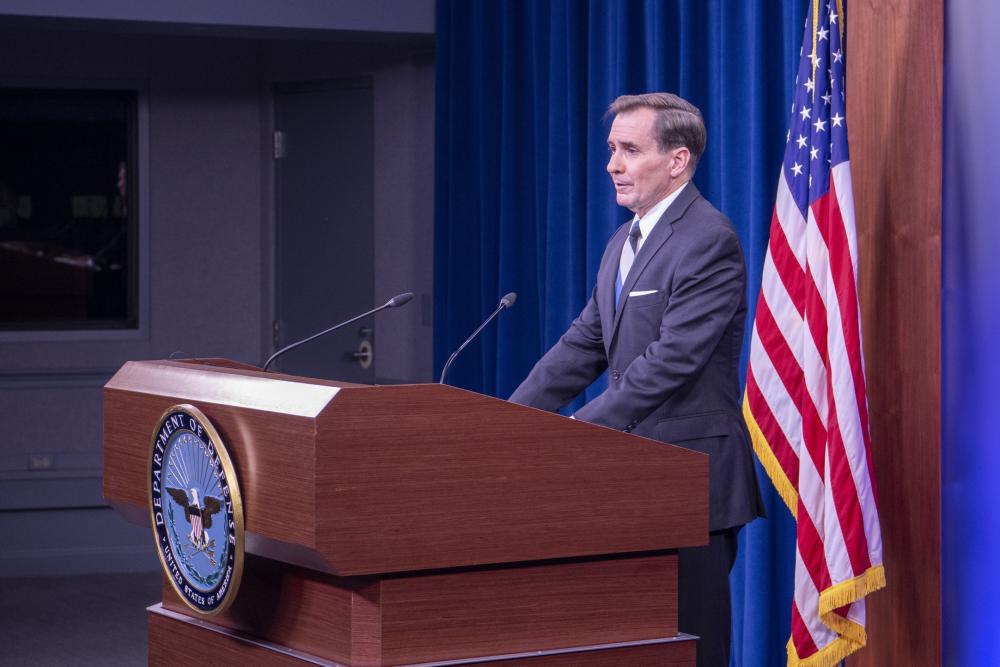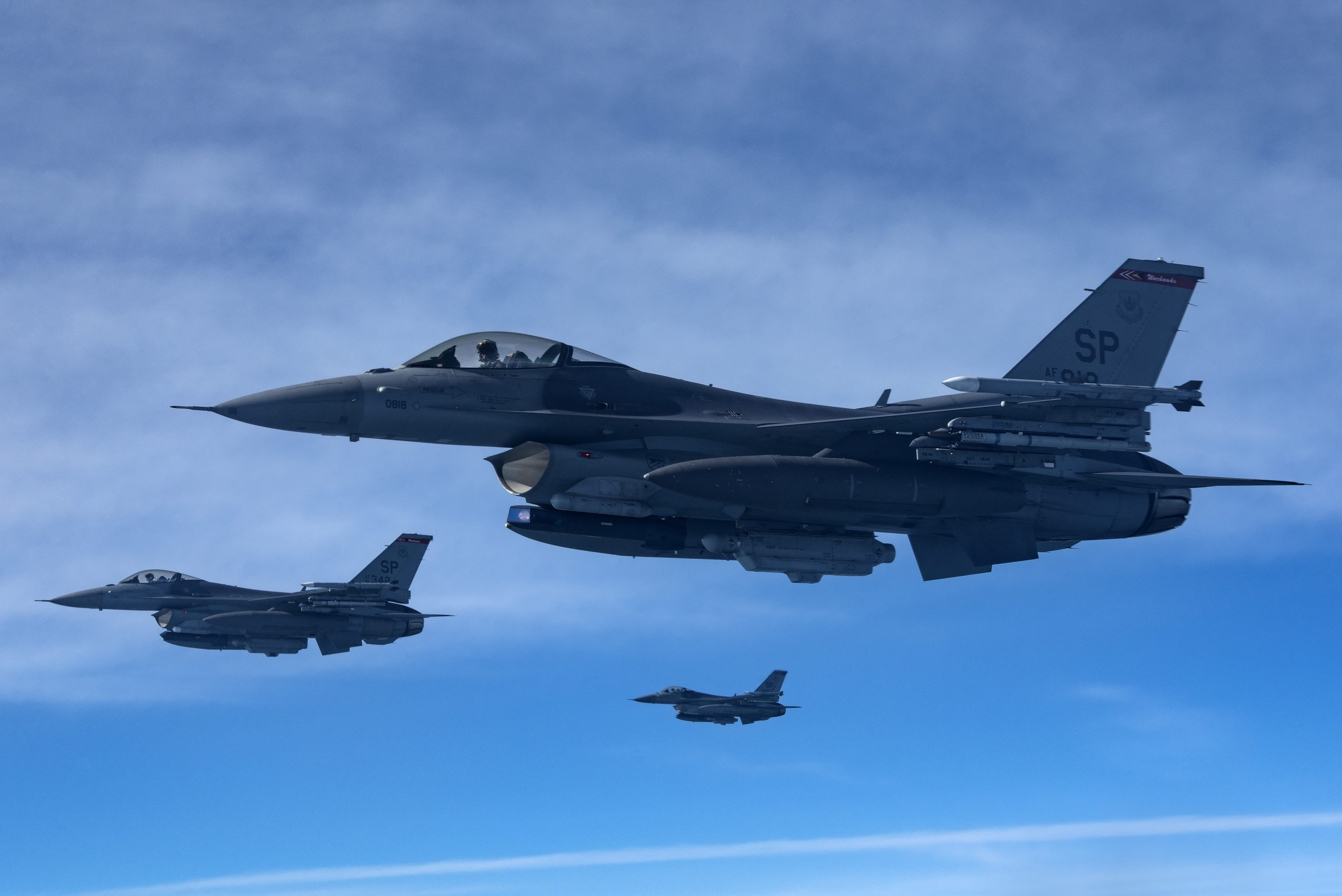The Senate passed the 2022 National Defense Authorization Act on Dec. 15, sending the annual policy bill to President Joe Biden’s desk and ensuring that Congress’ long-standing record of passing an NDAA every year remains unbroken.
“I am pleased that the Senate has voted in an overwhelming, bipartisan fashion to pass this year’s defense bill. Our nation faces an enormous range of security challenges, and it is more important than ever that we provide our military men and women with the support they need to keep Americans safe,” Senate Armed Services Committee chairman Sen. Jack Reed (D-R.I.) said in a statement shortly after the 88-11 vote.
“This bill provides our military with the resources and authorities they need to defend our country—which is more important now than it’s ever been before, at least in my lifetime,” SASC ranking member Sen. Jim Inhofe (R-Okla.) said in a statement. “This bill sends a clear message to our allies—that the United States remains a reliable, credible partner—and to our adversaries—that the U.S. military is prepared and fully able to defend our interests around the world.”
The bill’s passage was also hailed by the National Defense Industrial Association, which issued a statement saying it contains provisions that “support the Defense Department’s continued modernization efforts and, in concert with our highly skilled industrial base, provide the necessary resources for a strong national defense.”
The NDAA authorizes spending levels and allows Congress to exercise oversight over the Pentagon, setting policy and requiring reports each year. This year’s version authorizes $768 billion in spending, $740.3 billion for the Defense Department, well above the $715 billion DOD budget requested by Biden.
However, the bill does not appropriate any funds—the government is currently operating under a continuing resolution, keeping spending levels frozen at fiscal 2021 levels. And in a speech on the Senate floor shortly before the NDAA’s passage, chair of the Senate Appropriations Committee Sen. Patrick Leahy (D-Vt.) urged his colleagues to back up their support of the NDAA with an appropriations bill to fund it.
”Now, the NDAA is an important piece of legislation … it sets overarching policy for the Department of Defense and guides our national security,” Leahy said. “But, but, make sure people understand, what it does not do provide the funding to implement the policies it sets. It says what the policies will be, it declares what the funding should be, but there’s not one penny, not one penny in this bill.”
Among the policies the 2022 NDAA authorizes are a 2.7 percent pay increase for service members and an overhaul of the Uniform Code of Military Justice, removing the decision to prosecute certain crimes such as rape, sexual assault, murder, and kidnapping, from the chain of command. The bill also changes the UCMJ to include sexual harassment as a punishable offense.
Those changes to the UCMJ were touted by House Armed Services Committee chair Rep. Adam Smith (D-Wash.) as “sweeping” and transformative, but they were panned by Sen. Kirsten Gillibrand, a longtime advocate on the issue, as insufficient.
“Commanders can still pick the jury, select the witnesses, grant or deny witness immunity requests, order depositions, and approve the hiring of expert witnesses and consultants,” Gillibrand said at a press conference, per NY1.
In addition to the those changes, the 2022 NDAA contains numerous provisions related to the Air Force fleet. It funds the service’s request to procure 48 new F-35s and adds five F-15EXs to an initial request for 12, while prohibiting the retirement of any A-10s but allowing certain C-130s, KC-10s, and KC-135s to be sent to the boneyard.
The bill also promises to revamp the F-35 program in a number of ways. It calls for a report from the Pentagon on how it will install engines from the Adaptive Engine Technology Program in the current and future F-35 fleet starting in 2027. It also sets up the transfer of sustainment activities for the F-35A from the Joint Program Office to the Air Force in 2027, followed by acquisition activities in 2029. Another provision limits the size of the F-35A fleet starting in October 2028 if sustainment costs don’t come down.
Still another provision requires the Pentagon to conduct testing on aircraft that have the Onboard Oxygen Generating System, starting with the F-35, to assess the system’s safety and effectiveness after pilots reported relatively high rates of hypoxia-like events. Another safety-focused section requires the Air Force and Navy to submit reports every six months on the state of their ejection seats after a 2020 incident in which an F-16 pilot died when his ejection seat malfunctioned after a botched nighttime landing.
As the Space Force continues to stand up, the 2022 NDAA also contains provisions related to the new service. It gives the Secretary of the Air Force the authority to delegate senior procurement executive duties to the assistant secretary of the Air Force for space acquisition and integration.
It also requires a study and a report on how the Space Force should structure its reserve components, including a look at how much a Space National Guard would cost. Another required report will study the issue of over-classification in the USSF, something Chief of Space Operations Gen. John W. “Jay” Raymond has bemoaned.
The final bipartisan vote on Dec. 15 brought an end to a lengthy legislative process that started in July.
After the Senate and House Armed Services Committees both reported their markups of the bill in September, the full House approved its version Sept. 23. The Senate, however, did not take up the bill for months, leading to some bipartisan criticism of Majority Leader Sen. Chuck Schumer (D-N.Y.).
Finally, the Senate began the process of considering the NDAA in mid-November. But while Schumer attempted to move the bill quickly to start the conference process, his efforts were thwarted by Republican lawmakers who accused him of rushing and not allowing “open and robust” debate on amendments.
The setback led to leaders of the HASC and SASC announcing Dec. 7 that they had drafted a compromise version of the bill outside of the conference process, combining elements of the version passed by the full House and the version agreed to in the Senate Armed Services Committee, as well as some of the hundreds of amendments proposed by senators after the SASC reported the bill to the full chamber.
However, several notable provisions were stripped out of the new compromise bill. Both the House and the SASC versions would have required women to register for the draft, but that was dropped. An effort to repeal the long-standing 2001 Authorization for Use of Military Force was taken out as well.
Still, the same day the new NDAA was unveiled, House members passed it in an overwhelming 363-70 vote, and the Senate voted 86-13 on Dec. 14 to end debate on the bill, setting it up for a smooth final passage.

